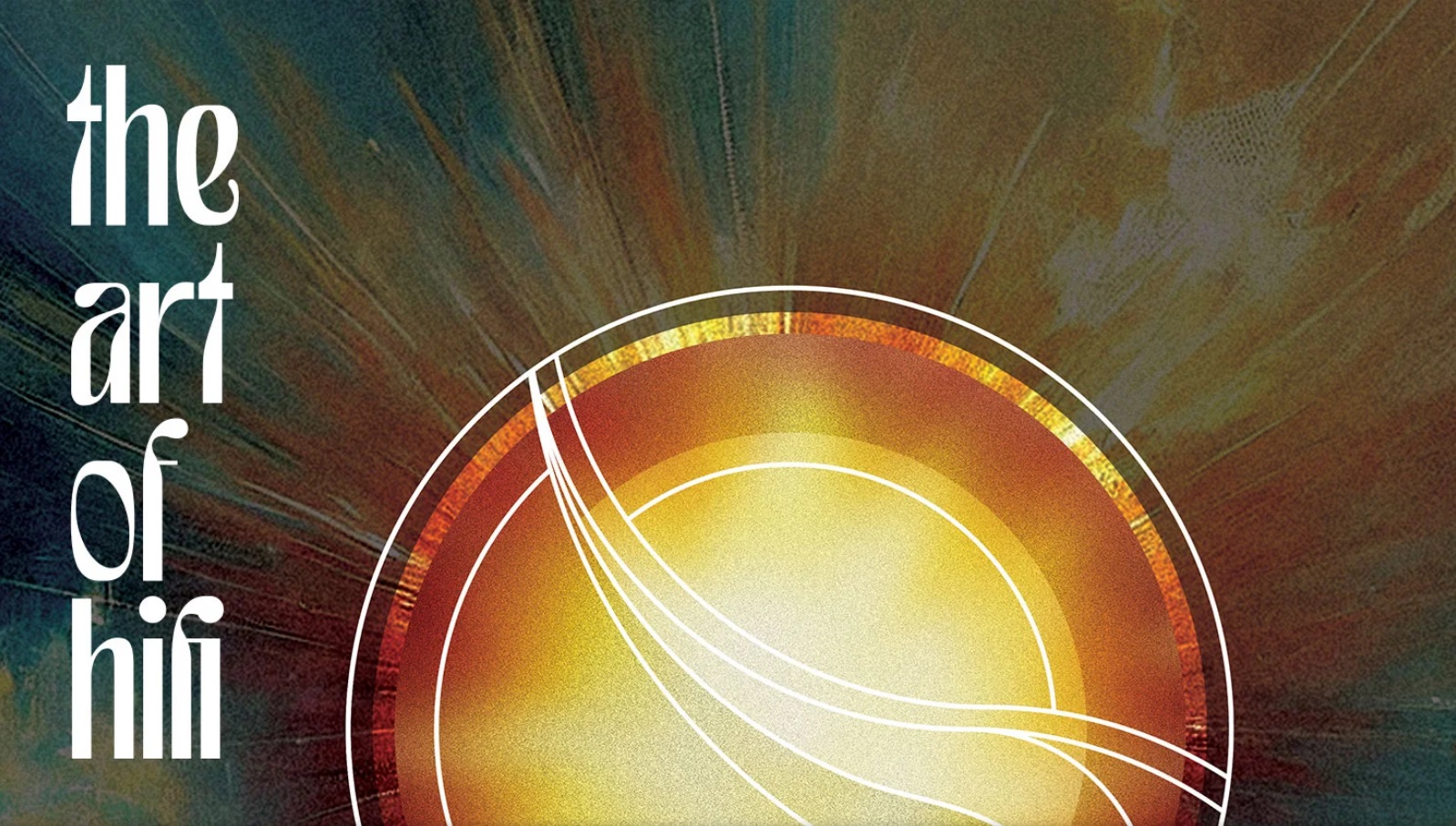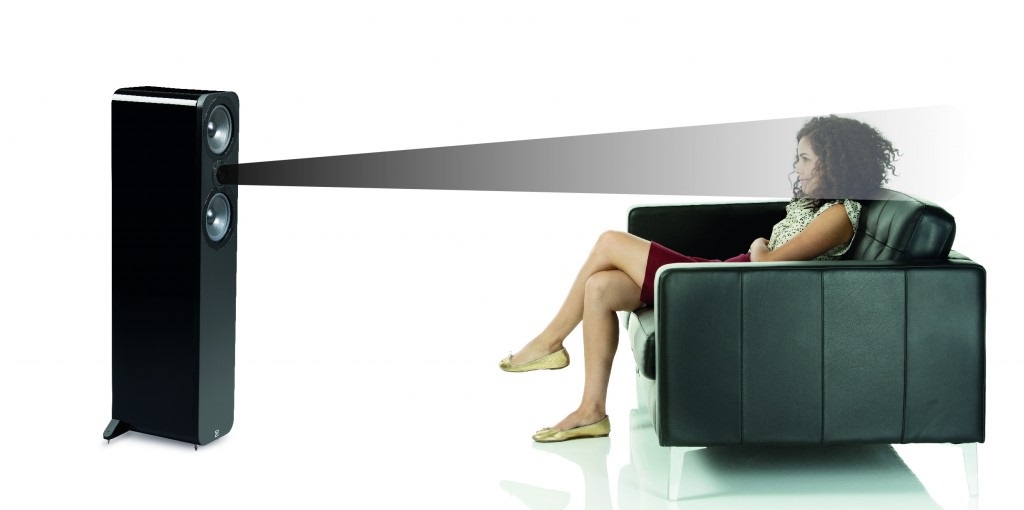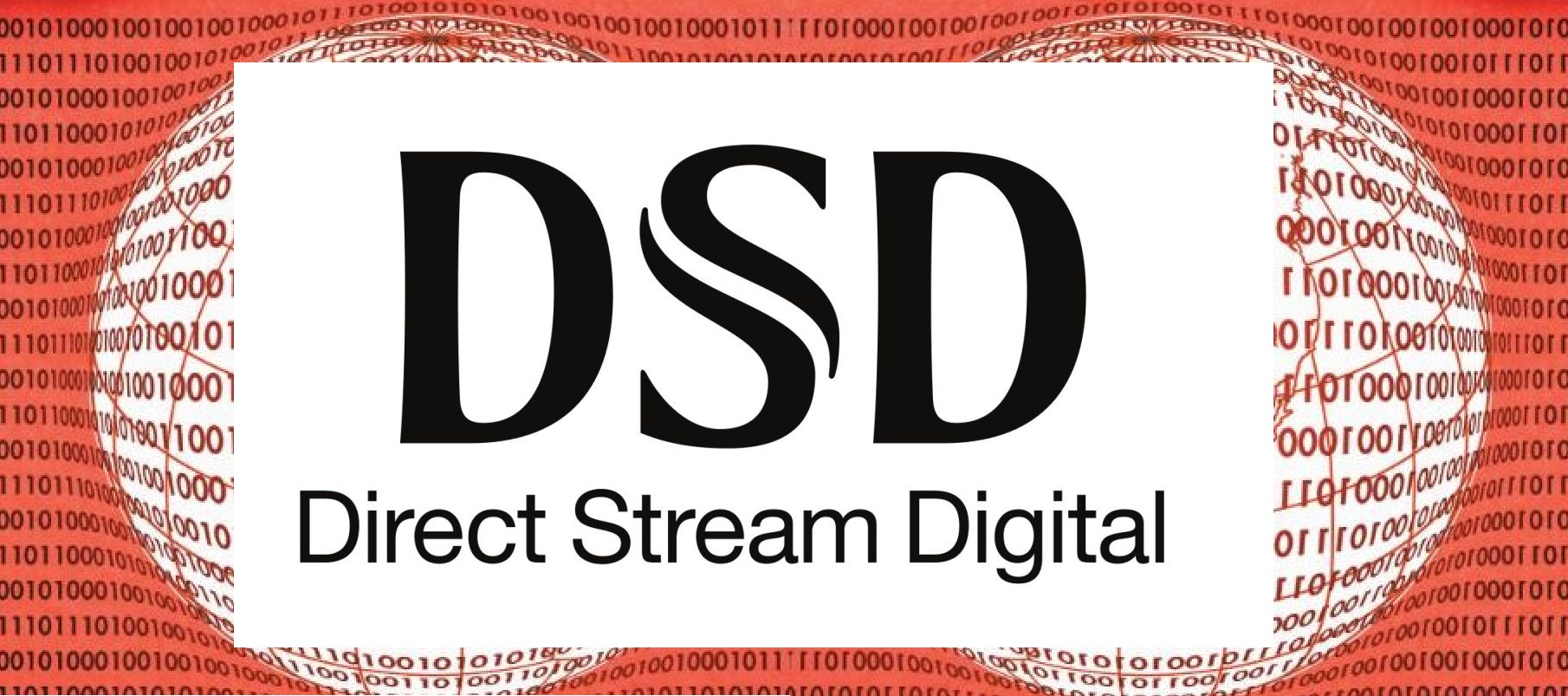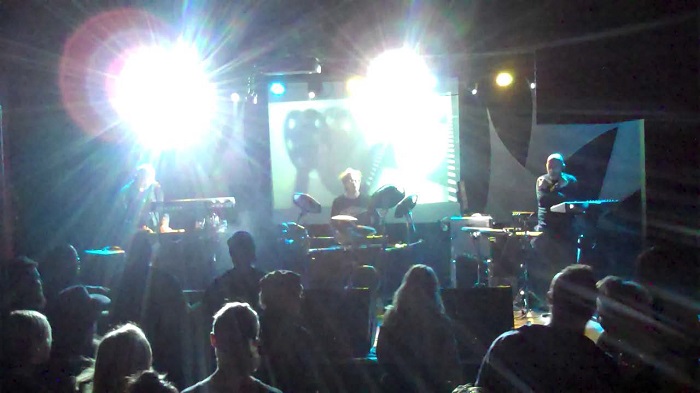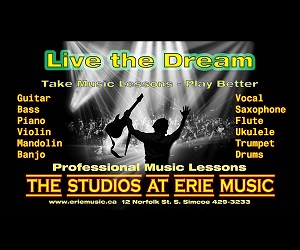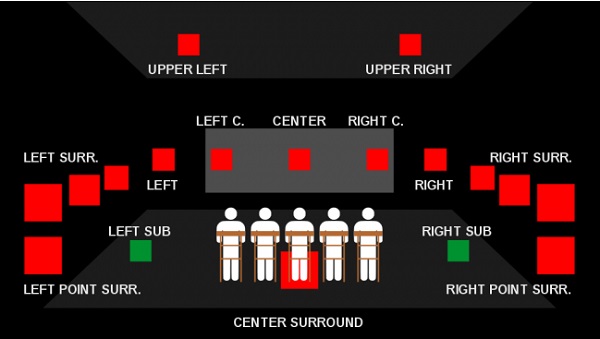The Art of Hi-Fi, Volume 6: Guitars from Octave Records Features an Extravaganza of Playing Styles and Sounds – Octave’s latest offers a wide selection of guitar styles and genres, from solo acoustic to all-out rock on overdrive – September, 2024 – What’s not to love about guitar music? Especially when it’s as well-recorded and soulfully played as the selections on The Art of Hi-Fi Volume 06: Guitars, the latest release from Octave Records. The album features a wide range of artists, styles, and instruments, from the solo acoustic 12-string guitar of Bill Kopper on “Hungry Heart” to Americana, jazz, pop, well-loved covers, and Connor Terrones tearing it up on Jimi Hendrix’s “Manic Depression.” It’s all here, captured in Octave Records’ stunning Pure DSD high-resolution recording quality. Paul McGowan, Octave Records’ CEO pointed out: “Guitars are part of the soundtrack of our lives, from sweet acoustic and warm jazz tones to the powerful electric guitar sounds that have galvanized generations of listeners. Yet it’s extremely challenging to capture these many and varied musical and sonic flavors on a recording. We are thrilled with the sound and performances of our Octave artists on The Art of Hi-Fi Volume 06: Guitars, who did a fantastic job of showcasing the almost limitless potential of the instrument.” The Art of Hi-Fi Volume 06: Guitars was recorded with Octave’s Pyramix-based Pure DSD 256 recording system, using a variety of microphones to capture the wide variety of guitars on the album: steel-string and nylon-string, 12-string guitar, electric, pedal steel, resonator, and even baritone guitar. Everything from the crystalline overtones of a steel-string guitar to the roar of a guitar amp speaker pushed beyond its limit is here to enjoy. The album was recorded, mixed and produced by Paul McGowan, with Terri McGowan and Jessica Carson assisting in the recording and production duties. It was mastered by Gus Skinas. The album begins with Julian Peterson’s soulful Americana-tinged “Am I Wrong” by Keb’ Mo’, singing and playing a resonator guitar using a slide, a deep, elemental sound. The bossa-nova-tinged “Amor Prohibido” features Bill Kopper on nylon-string, accompanied by bass and percussion. It’s a lively musical dialogue, beautifully recorded. Kopper and the trio also contribute “Sweet Lorraine,” played gypsy jazz style with a snappy, cutting guitar tone, and he goes solo with the gorgeous 12-string sound and complex fingerpicked voicings of “Hungry Heart.” The wailing sound of the pedal steel guitar is featured on Greg Schochet’s country original, “Broken Down Chair,” with Schochet’s plaintive singing and sparse acoustic guitar playing carrying a wry tune about likening his life to the well-worn piece of furniture. Khabu Young contributes a dazzling instrumental version of the Beatles’ “Come Together” on solo baritone guitar, and the amount of sound he gets out of just the one instrument is remarkable. The Seth Lewis Trio offers intimate versions of the Bacharach/David classics, “The Look of Love” and “Close to You,” featuring the warm, rich tones of Lewis’ acoustic and electric basses, along with piano, organ, and drums. Wyn Walke digs into the 1930s American classic “Deep Elem Blues,” made popular by the Grateful Dead in the 1960s, performed here in a stately version with vocals, lap steel guitar, bass, percussion, and piano. The Art of Hi-Fi Volume 06: Guitars closes with a dramatic musical shift: Connor Terrones’ incendiary instrumental version of “Manic Depression,” with multiple guitars, bass, and drums blasting away to bring the album to a roaring no-holds-barred conclusion. Turn it up! The Art of Hi-Fi Volume 06: Guitars features Octave’s premium gold disc formulation, and the disc is playable on any SACD, CD, DVD, or Blu-ray player. It also has a high-resolution DSD layer that is accessible by using any SACD player or a PS Audio SACD transport. In addition, the master DSD and PCM files are available for purchase and download, including DSD 512, DSD 256, DSD 128, DSD 64, and DSDDirect Mastered 352.8 kHz/24-bit, 176.2 kHz/24-bit, 88.2 kHz/24-bit, and 44.1 kHz/24-bit PCM. (SRP: $29usd / $39 cad.) |
Tag Archives: recording
Definitive Guide to Speaker Setup Now Available
Octave Records Debuts The Audiophile’s Guide: The Loudspeaker, the Definitive Guide to Speaker Setup
– New book and companion SACD disc/download dive into exacting, step-by-step detail on how to get the most out of any loudspeaker –
Boulder, Colorado, October, 2022 – PS Audio’s Octave Records label announces its latest release, The Audiophile’s Guide: The Loudspeaker, a book and companion SACD/download that tells listeners exactly how to get the most out of their loudspeaker setup. Written by PS Audio CEO Paul McGowan, the book and its accompanying disc (also available as a download) offer the practical knowledge he’s gained through more than 50 years of high-end audio design and in setting up hundreds of speaker systems.

“I’ve had to come to the rescue of someone’s system time and again because it just wasn’t sounding right. It was almost always a setup problem. Like everyone else, I used favorite music tracks for system tuning. But now, with Octave Records’ recording studio at our disposal, we were able to create tracks that are ideal for system setup, and then write a book that tells listeners how to implement these tracks to their best advantage.”
The Audiophile’s Guide: The Loudspeaker is useful for both novices and experienced audiophiles who may benefit from bringing their setup to a higher level or musical realism.
The book begins by covering a variety of topics including the nature of sound, different speaker designs, the importance of choosing the right speaker for your particular needs and listening tastes, and one of the most critical aspects of speaker setup: the effect of the listening room on loudspeaker performance.
Next the book discusses where to place the speakers in the room, and how to deal with various types and shapes of rooms. The Guide notes that different placements may be appropriate for different speaker types – for example, stand-mounted “box” speakers versus dipole planar designs – and listening room configurations (such as whether to place speakers across the short or long wall of a room). Real-world aspects like accommodating living spaces that aren’t dedicated to loudspeakers, and taking into account the locations of furniture, are also considered.
The Audiophile’s Guide: The Loudspeaker (SRP: $58usd/ $79 cad – $68usd/ $93cad depending on format) then walks the listener through using the accompanying reference disc (or download) to fine-tune the system to perfection. The disc starts with some basic tests for channel orientation and moves on to exacting, step-by-step procedures (time to get out the tape measure!) for getting the best bass response and tonal balance, achieving a solid center image, finding the best seating position, maximizing dynamics, producing a believable soundstage, capturing subtle musical details, and ultimately, getting the speakers to “disappear” and create the feeling that the musicians are in the room with the listener.
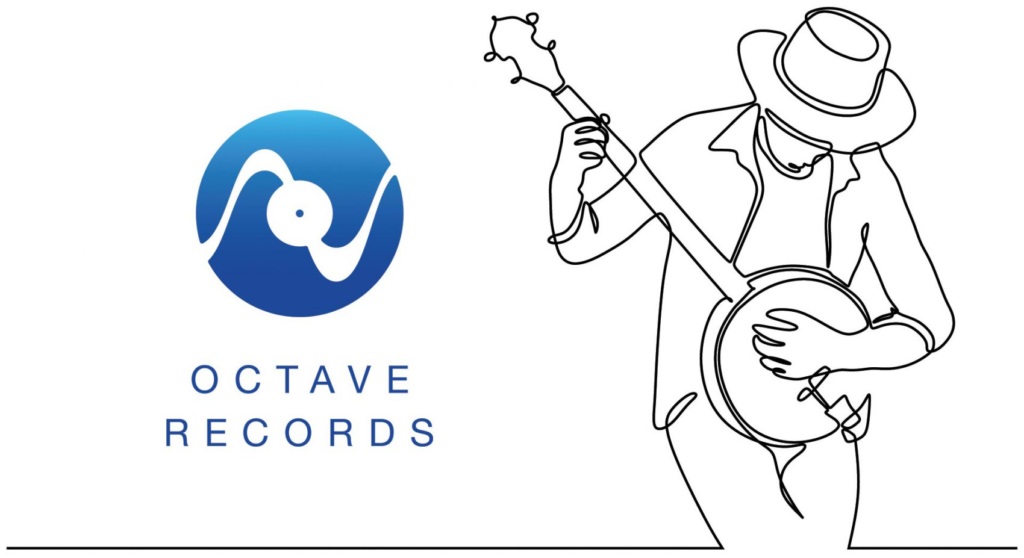
The tracks on the disc are tailored to help the listener zero in on various sonic aspects, from the pluck of Chris Brunhaver’s acoustic bass and how it energizes the room, to the focused center image of Gabriel Mervine’s trumpet, and the resonance and spatiality of Bill Kopper’s acoustic guitars and a number of tracks featuring vocalists with a full band.
The Recording
Recorded over three months of intense work, The Audiophile’s Guide: The Loudspeaker was the first recording project at Octave Records’ new state-of-the-art studios. Recorded in pure DSD256 and mixed by Paul McGowan and Jay Elliott, the tracks on this work were laid down with every effort to maintain not only the purity of recording, but the accuracy of mic’ing, distance, and purpose. The mic’ing on solo voice, piano, trumpet, and guitar was primarily handled with a single-point stereo microphone to maintain a sense of realism. In particular, Octave Records’ hand-modified AKG C24 was used throughout the many tracks. On other tracks, like guitarist Bill Kopper’s seminal work focusing on the beauty of ringing harmonic overtones, we blended the detailed stereo condensers of the single-point Telefunken with the dynamic impacts of a single-point stereo ribbon microphone. Engineers Jay Elliott and Zach Balch went all out to get the best recordings from an amazing drum kit.

The kit (the same kit used in The Audiophile’s Guide: The Stereo) consists of a Ludwig 1970 Blue Sparkle 20” kick drum, 12” rack tom, 16×16” floor tom, 14 x 6.5” Ludwig Superphonic John Bonham LM 402 snare drum, Zildjian New Beats Hi-hat 70’s era 14”, Custom Dark Crash Kerope by Zildjian Crash 18”, and a Kerope by Zildjian 22” ride. To capture this kit, Jay and Zach employed their favorite setup for close mic’ing: a Shure Beta 52 for the kick-in and a cardioid patterned, phantom powered, large-diaphragm FET Soundelux U195 by David Bock for the kick-out. The top of the snare was handled by a Hypercardioid Beyerdynamic M201 with its phase flipped while the snare’s bottom was a Telefunken M80. The rack tom was captured by a Shure SM7B Cardioid dynamic microphone and the floor tom, an Audix D4 hypercardioid dynamic microphone.

To capture the ambient room response, a pair of calibrated DPA omnis were used for the overheads, and the stereo AKG C24 in a Blumlein configuration was placed twelve feet into the room for space recording. All microphone preamplifiers were Manly vacuum tubes with a small smattering on the overheads using Forsell preamps. The tracks were all mixed in Octave Records’ custom mixroom on PS Audio’s aspen FR30 loudspeakers powered by an all-PS Audio system.


The Audiophile’s Guide: The Loudspeaker SACD is playable on any SACD, CD, DVD, or Blu-ray player (an SACD player is required to play the high-resolution DSD files on the disc). In addition, the master DSD and PCM files are available for purchase and download in formats up to 352.8 kHz/DSD256 from psaudio.com at this link.
Audiophile Release Ups Ante With Innovative Mix Mastering

Octave Records Releases Temporary Circumstances by Clandestine Amigo, Recorded in Pure DSD Hi-Res Audio
- PS Audio label’s second release featuring singer/songwriter Jessica Carson is available on SACD and via download, with limited-edition vinyl to come –

Boulder, Colorado, October, 2020 – PS Audio’s Octave Records label has released its second album, Temporary Circumstances by singer/songwriter/pianist Jessica Carson and the band Clandestine Amigo. Featuring Jessica’s reflective songs about lost love and resilience, Temporary Circumstances is recorded in pure high-resolution Direct Stream Digital (DSD) and mastered using Octave Records’ DSD Direct Mastering process, where the mastering occurs at the same time as the mixing, thereby eliminating a generation of audio processing to maintain maximum sonic purity.
Limited Release
Temporary Circumstances is available in a limited-edition release of 1,300 hybrid SACD discs that have a master DSD layer and a CD layer, and as a download bundle including DSD64, DSD Direct Mastered 192kHz/24-bit, 96kHz/24-bit and 44.1kHz/24-bit PCM formats. The album will also be offered as a 2-disc 45 RPM virgin vinyl edition limited to 500 copies, in December, 2020.
Temporary Circumstances was engineered by Gus Skinas, mixed by Gus Skinas, Giselle Collazo and Jessica Carson, and mastered by Gus Skinas. The recording was made using a Sonoma digital audio workstation (DAW) in pure one-bit DSD. The C24, DPA 4006 and Sony C-100 microphones were fed into Forsell SMP-2 and Grace m108 mic preamps and an EMM Labs/Meitner ADC8 A/D converter, then to the Sonoma, and mixed on a Studer 963 console.
Bit Wars
Currently, most DSD recordings have a short fall in that they must be converted to PCM and back to DSD a multitude of times in order to perform post production such as mixing and mastering. This is where PS Audio ups the ante- by mastering during the mixing phase, the back and forth conversion which results in noticeable degraded listening experiences is avoided.


The musicians include songwriter Jessica Carson (vocals and piano), Michael Wooten (drums), Giselle Collazo (vocals), Chris Brunhaver (bass), Kyle Donovan (guitar, vocals), Miguel Ramos (violin, viola), and “The Burroughs” horn section featuring Alec Bell (trumpet), Scott Flynn (trombone), Hayden Farr (baritone saxophone) and Briana Harris (trumpet, horn arrangement).
Jessica recorded her piano parts on a Yamaha 7-1/2-foot concert grand piano at Animal Lane Studios in Lyons, Colorado. Next, the vocals and other instruments were tracked at Octave Records’ recording facility at PS Audio. Jessica’s lead vocals and Giselle’s harmony vocals were recorded simultaneously using a single Tim de Paravicini-modified AKG C24 stereo mic and a Bock Audio 507 mic. Temporary Circumstances’ sparse but full-bodied arrangements let the personality of each vocalist and player be heard with stunning clarity, presence and dimensionality.
Audiophiles Take Note
The goal of recording and producing Temporary Circumstances was to combine musically accurate, state of the art sound with inviting and compelling music. As Jessica Carson notes, “I know what the songs mean to me but I think they’ll mean something different to every listener.”
For the Silo, Frank Doris.
About PS Audio
Founded in 1973, PS Audio has earned a worldwide reputation for excellence in manufacturing innovative, high-value, leading-edge audio products. Located in Boulder, Colorado at the foothills of the Rocky Mountains, PS Audio’s staff of talented designers, engineers, production and support people build each product to deliver extraordinary performance and musical satisfaction. The company’s wide range of award-winning products include the all-in-one Sprout100 integrated amplifier, audio components, power regenerators and power conditioners. www.psaudio.com/octave-records www.psaudio.com
Supplemental-
Paul’s Daily Posts
PS Audio Community
Copper Magazine
Voice Industrie New Album Emerged From Accidents And Bending Rules
For as long as I can recall, I’ve wanted to write original music, never being a fan of jumping into a covers band and playing someone else’s music. I never understood why anyone would want to, apart from maybe doing a remake or remixing a song. I’ve done a few stints, and have friends currently in covers bands… fantastic players and performers.. and I respect that…. but it’s just not for me. Usually I find that the instruments themselves are the drivers that motivate and provide me with the inspiration for ideas that might eventually become songs on an album. That’s even more relevant now with all the choices one has in electronic instruments, VSTs, DAWS, etc.
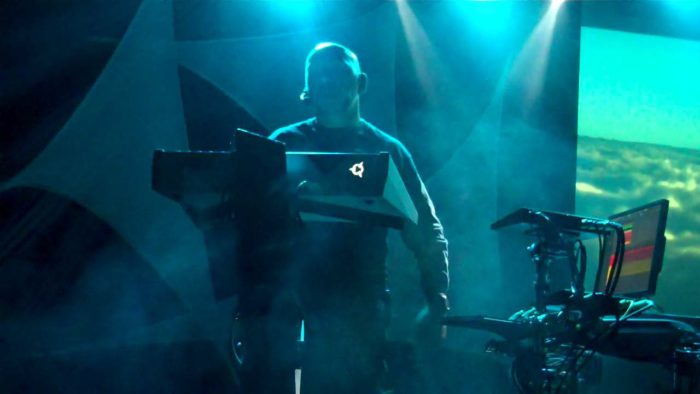
Years ago, electronic instruments were far less intuitive and user friendly, but we managed to squeeze every ounce of functionality they offered to break new ground and explore things not otherwise possible on acoustic instruments. With Voice Industrie, I write and produce all the songs, mostly because I know what I’m after, and to a lesser extent because nobody has ever offered to co-write a VI track. I’m not entirely sure how that translates in the grand scheme of things lol…. But here we are six albums into it since 1992.
My name is Alain Levesque and I am primarily a self-taught drummer who “learned his chops” by playing along to Pink Floyd, Yes, Genesis and King Crimson records many years ago. Suffice it to say Bill Bruford quickly became my idol and mentor. I loved how he approached drumming then and right up until the day he retired. I was determined to form or find a prog band to play with until Gary Numan came along and then things changed. I became fascinated with synthesizers and electronic music and began producing crude experimental electronic works in addition to maintaining my role as a drummer/songwriter for a prog trio we named Roboxis. Fast forward to 1992 after a few short-lived projects and solo outings, and the formation of Voice Industrie, which included 2 drummers on electronic pads and 2 keyboardists armed with what resembled an entire music store’s synth department.
Back then “VI” performed live only about 4 times a year, including some very memorable outings with 2Unlimited, KMFDM, Cassandra Complex, Assemblage23, SNFU and many other very good established or upcoming bands. Today, VI consists of a trio that includes a full time drummer on a Simmons SD2000, a keyboardist and myself on Simmons and Nord pads, Keyboards and vocals. We recently held the “Dreams Of Flight” album release in Edmonton and Calgary. While VI has ventured south to the USA, we have yet to travel overseas. Maybe next year?
The Technology We Use And Embrace
In the early days I owned a Star instruments “Synare3” pad and was happy messing about with that, until the Simmons SDSV electronic drums arrived in 1984 everything really opened up. I was able to play melodies on those pads with sticks in hand while holding down the kick/snare back beat with my feet. I could contribute melodies and play harmonies to guitar or keyboard lines. Great fun, until the draw of commercially viable music lured away my mates, and thus Roboxis was to be no more. I continued to acquire synths and Simmons gear as it came available, making the task of creating music from a drummer’s perspective somewhat less difficult, and ultimately managed a decent studio filled with electronic drums, racked modules and keyboard gear.
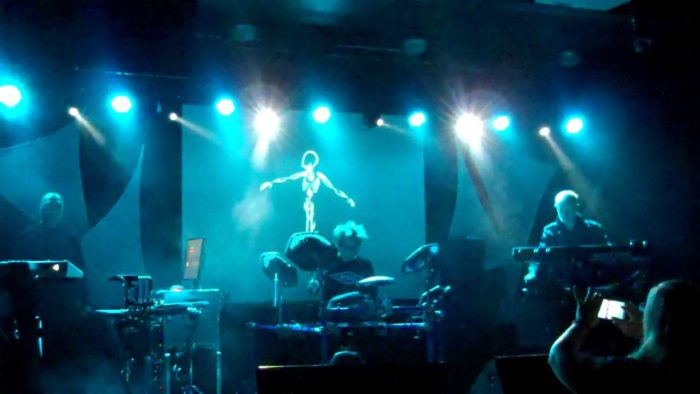
Through the years the equipment roster has undergone changes and upgrades, but with much of the now vintage gear still serving my needs. The first two VI albums were written on and recorded directly off an Ensoniq ESQ-1 and Ensoniq EPS. A change to Cakewalk DOS (!!) was made at album #4, and I have used a number of DAWs [Digital audio workstations commonly known as ‘recording on a computer or laptop using a software program CP] until really finding my groove with FL Studio and Cubase.
I have a few “go to” VSTs but still draw on sounds generated by vintage outboard gear such as the Simmons SDS7, SDE, MTM, Korg Wavestation, Ensoniq VFX-SD and others for inspiration. I quite enjoy randomly layering multiple instruments with MIDI to see what ensues, like playing the Nord Drum2 and Simmons SD2000 MIDI’d to a VST or Virus TI. I am never quite sure what will ensue. For the past few albums, I have forced myself to toss away familiarity when writing. Only by subjecting oneself to discomfort and unfamiliar territory will one experience unexpected results. This couldn’t be more true with the latest album, where a lot of it emerged from accidents and bending the rules lol. I love that!
Learn More
The Voice industrie website (with store) : http://www.voiceindustrie.com/
VI – “Dreams Of Flight” album outlets: https://voiceindustrie.hearnow.com/
Voice industrie on Youtube: https://www.youtube.com/channel/UCM3GgysoXRfwCCYtsL5H93w
VI on Facebook: https://www.facebook.com/voiceindustrie
Griots And A Strong Sense Of What Hip-Hop Means

Hip-hop is not rap, although rap is part of hip-hop. Hip-hop is a culture and style that was born in the American city, growing out of the minds and experiences of predominantly African-American communities in late ’70’s New York. But by now it is everywhere. They love hip-hop in India and South America and here where I live in Norfolk, most farmers may not listen to hip-hop, but their kids certainly do.
Hip-hop is also a beat: the beat of rap music, the beat of the city beating here in the country, over the airwaves and out of car windows, vibrating through headphones in the air-conditioned cabs of tractors. It is a beat originally created by isolating the percussion breaks of jazz and funk records and remixing them live for dancing and block party revelry, and later to accompany the flowing, groove poetry of a whole new kind of poet: the rapper, Master of Ceremonies or MC—often poor and disenfranchised, but still creative, soulful and strong. Hip-hop, in its original form, could be considered a kind of technological, urban folk music, in the sense that its early practitioners did not record their sounds, and even resisted recording. Hip-hop was something that happened live.
But was rapping really a new form? There is another part of this story that has always interested me. In many of the African tribes from which slaves were stolen, the griot (pr. gree-oh) was a cultural fixture. Griots were to West-Africa what the bards or troubadours were to Europe: mobile repositories of history in the form of oral tradition; cultural history sung and chanted to the beat of drums. Except in the case of the griot, that beat was African.
Griots were also expected to improvise poetry based on the current social and political scene, and were known for their sharp wit and verbal mastery. In many parts of West-Africa, a party still isn’t a party without a griot.
It is a testimony to the resilience of slaves that, denied the right to speak their own languages, they found other ways to speak, and sing, their true voices. There were the work songs of course, documented before they disappeared in the field recordings of Alan Lomax. But consider other examples. As blacks embraced Christianity, they injected the forms of church with Africanness. Black preaching became famous for its emotional power, spontaneity and, you guessed it, verbal mastery. Black gospel, blues and then jazz took the existing forms of American church music, folk and brass military music and made them African. Jazz and blues again incorporated the principle of the masterful voice, not spoken this time, but sung through the instrument itself, giving us the improvised instrumental solo. And rock and roll is a whole other subject…
Given this history, hip-hop is seen as an urban innovation on an old theme and a turn, perhaps full circle, back to the centrality of The Word. Rap is not merely poetry to a beat: these words flow with and around beats to create layers of syncopation, tickling the mind while they move the body. They are polyrhythms with verbal content.
At this level hip-hop is an art form, and while we may not always like the content of an artist’s message, if we care about art we can still engage with it on the basis of its merits. And we may consider its context. Some people, even creative people, will respond to poverty and systemic oppression with anger and violence. Some will focus their desire on all the trappings of money and fame formerly denied them. It’s not so hard to fathom.
But there are some, a few, who go another direction for justice. These are the warrior-poets who seek from pain the gifts of understanding, even wisdom. Even love. Hip-hop is known to borrow motifs from kung-fu movies, because there, too, you find the archetype of the warrior-artist, skills honed to razor sharpness, delivering beat-downs with fists if necessary, but just as often with the mind itself.
Granted, you will not find much of this style of writing on the radio. But it’s out there. To dig deeper, Google “conscious hip-hop” or “underground hip-hop” and see where that takes you. Word. For the Silo, Chris Dowber.
Dolby Laboratories Media Emulator In Minnetonka Master Suite
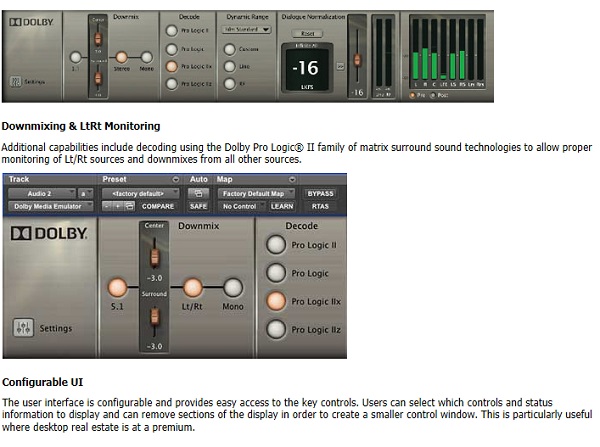
MINNETONKA, Minn. — Minnetonka Audio Software Inc. (MASI), a leader in production software for motion picture, broadcast surround sound, and consumer electronics applications, recently announced that it is now providing worldwide distribution and resales of the Dolby(R) Media Emulator toolkit from California-based Dolby Laboratories Incorporated. This fortifies Minnetonka Audio’s already comprehensive offering of production problem solvers. Minnetonka Audio has added Dolby Media Emulator to its SurCode for Dolby E Master Suite 3 product bundle without raising the bundle price.
“Our strategic decision to distribute Dolby Media Emulator strengthens our current product mix and expands our reach into more post suites,” said Jayson Tomlin, vice president of business operations at Minnetonka Audio. “For our customers, Dolby Media Emulator is a bargain in itself. By bundling it with the SurCode suite without raising the price, we’ve created a one-stop shop for media producers that is truly an outstanding value.”
Dolby Media Emulator is a software tool for authoring and post that provides real-time emulation for Dolby broadcast formats. Acting as a plug-in for popular digital audio workstations, Dolby Media Emulator enables an audio engineer to simulate accurately how content will sound when played back through licensed consumer electronics.
Dolby Media Emulator lets an operator preview the results of differing metadata values when decoding Dolby Digital, Dolby Digital Plus, and HE-AAC audio formats.
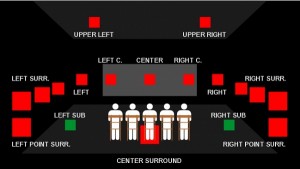
“With the majority of surround programs being played back in stereo and mono environments, correct metadata and downmix settings are a critical requirement for deliverables,” said Markus Hintz, director of global sales and business development at Minnetonka Audio. “In addition to previewing their metadata settings, audio engineers can use Dolby Media Emulator for standardized loudness measurement, proper monitoring of LtRt sources, and downmixes from all other sources.”
Rather than resort to using home audio gear in a professional workflow, engineers can use Dolby Media Emulator to validate mix and metadata decisions against a certified standard in their familiar monitoring environment.
To aid in specifying proper metadata values, Dolby Media Emulator can measure and properly determine the dialogue normalization (dialnorm) value with a standardized loudness meter. The included loudness meter supports international ITU-R BS.1770, ITU-R BS.1770-2, and EBU R-128 loudness standards and incorporates the optional Dolby Dialogue Intelligence(TM) algorithm. Its ability to configure and control the monitoring environment and evaluate metadata parameters makes Dolby Media Emulator an essential product for postproduction, DVD, and DTV facilities that master, author, or broadcast program material with Dolby surround sound formats. Dolby Media Emulator runs as an Avid(R) Pro Tools(R) RTAS(R) plug-in, and as a VST(R) plug-in for popular programs such as Nuendo(R).
Dolby Media Emulator is available for immediate delivery from Minnetonka Audio resellers and distributors, and also directly from Minnetonka Audio’s eShop. In-depth information on Dolby Media Emulator and how it enriches existing tools and workflows is available at www.minnetonkaaudio.com.
